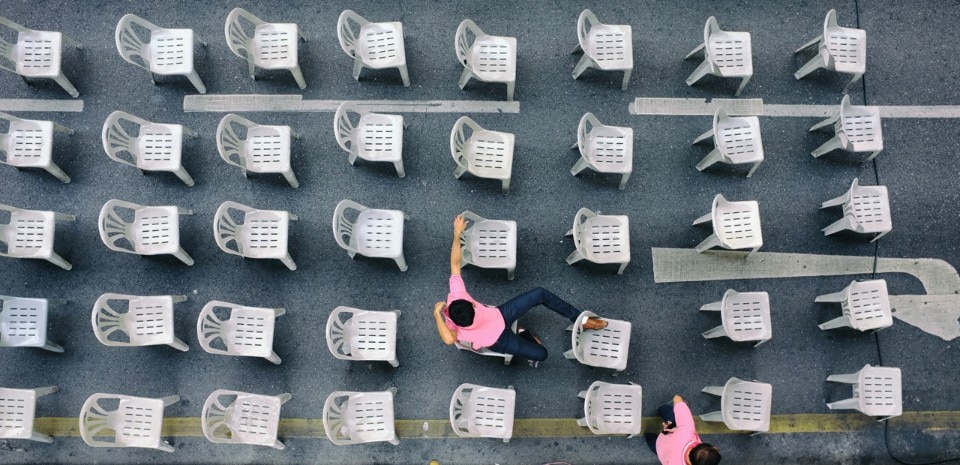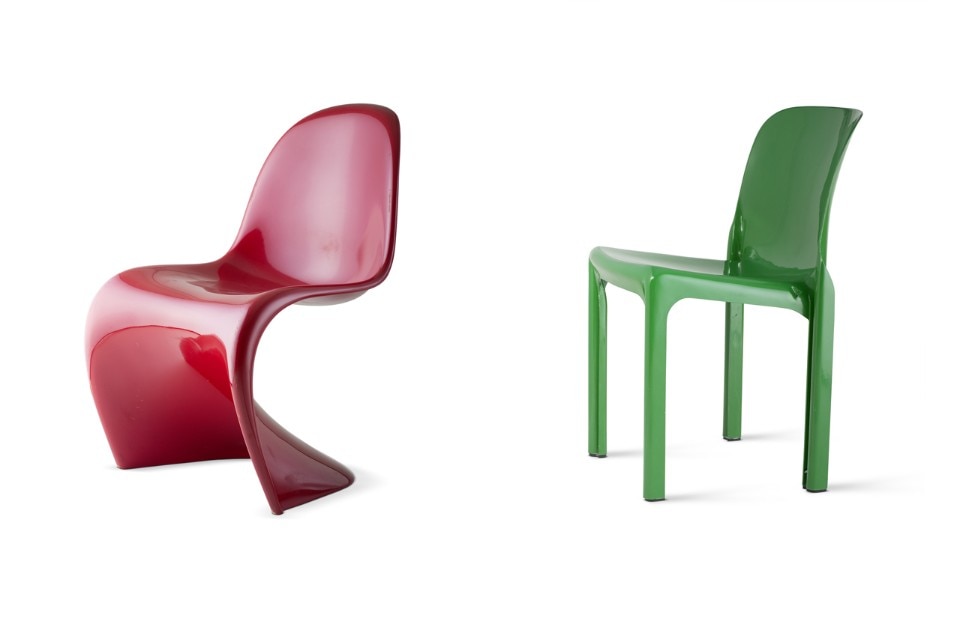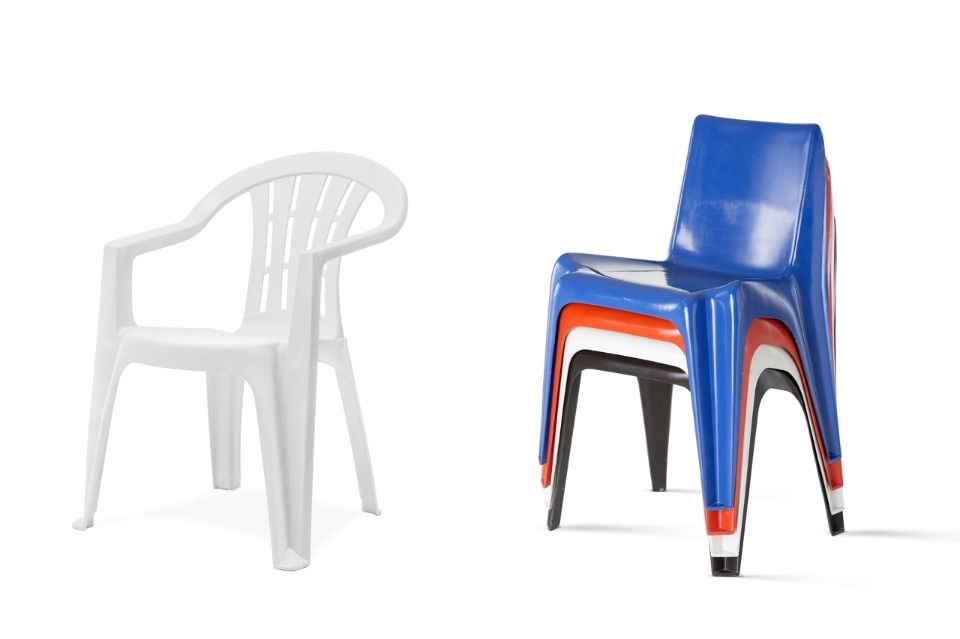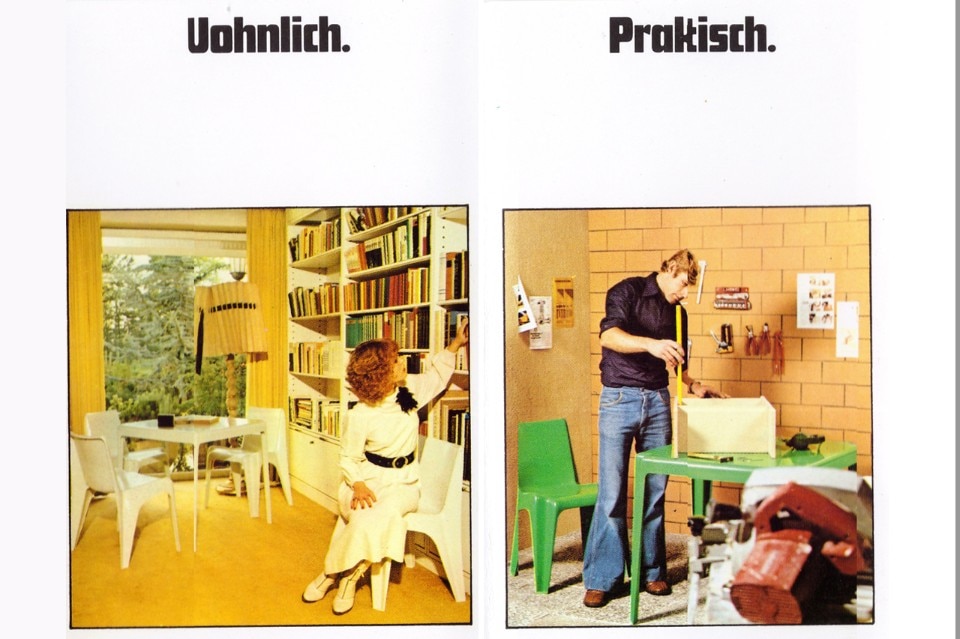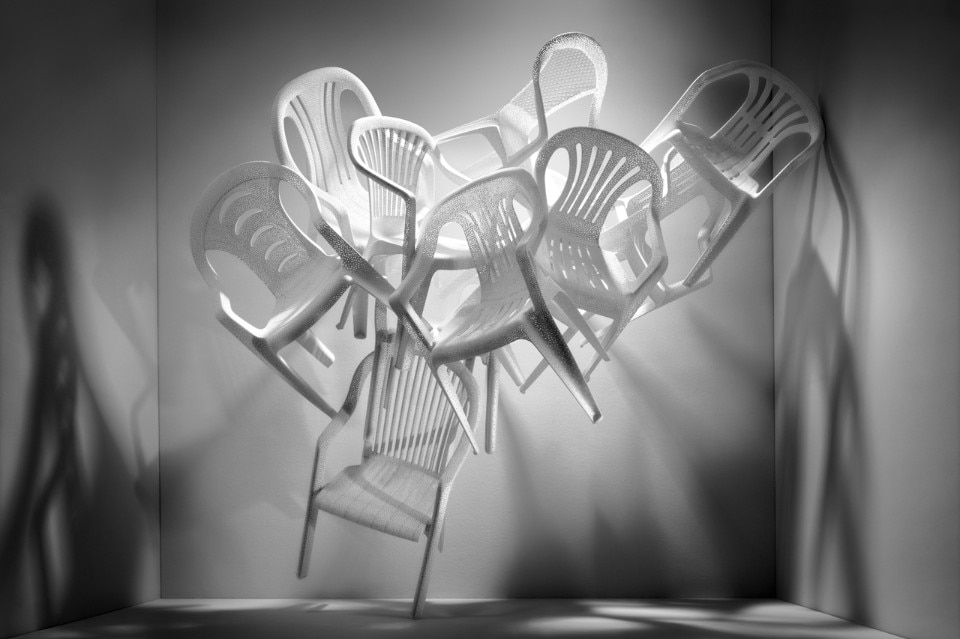
As it has spread around the world, the Monobloc chair has come to represent the ambivalence of today’s consumer society. The plastic chair is the epitome of an affordable – and thus democratic – piece of furniture. At the same time, it does not meet sustainability criteria and exemplifies the global mass consumption of uniform products. Beginning in the 1950s, new plastics technology made it possible to fabricate chairs by moulding or pressing the material into the desired shape in a single production step. The moniker Monobloc is derived from this simple production method and the plain appearance of the resulting furniture pieces.

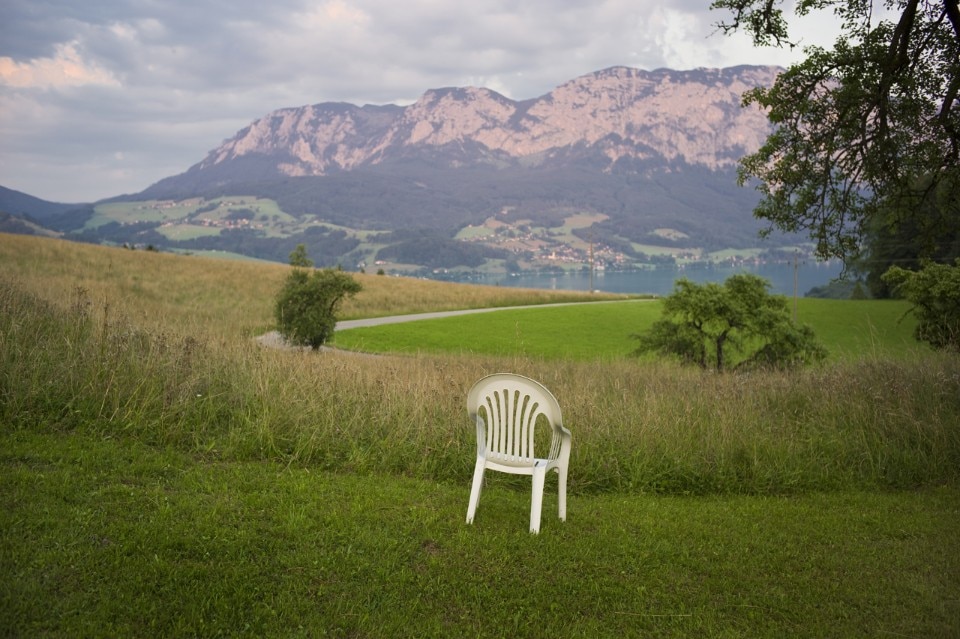
from 17 March to 18 June 2017
Monobloc. A Chair for the World
Vitra Schaudepot
Charles-Eames-Straße 2, Weil am Rhein


